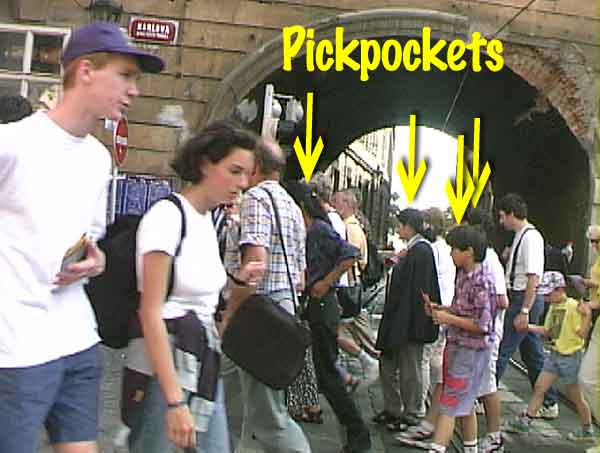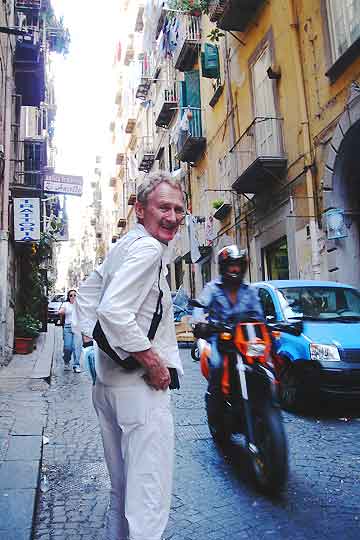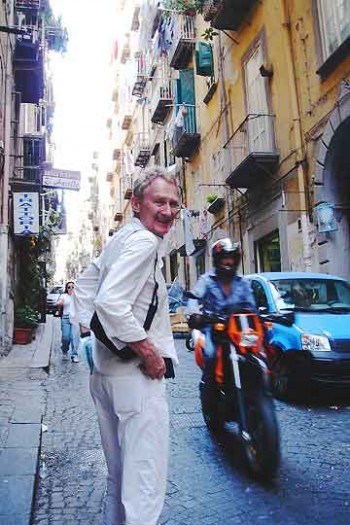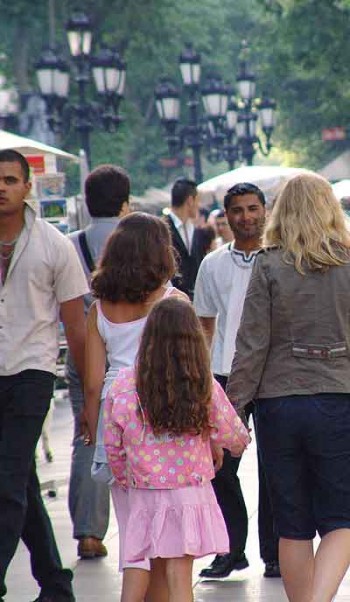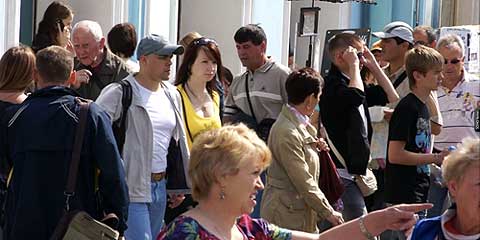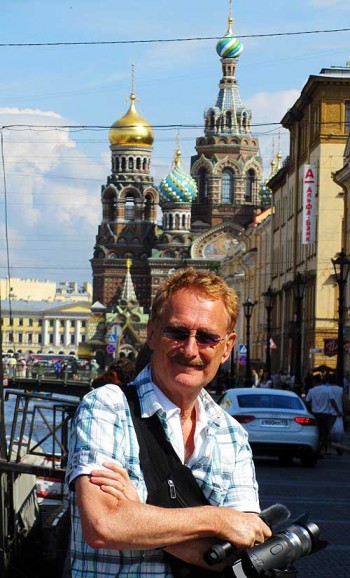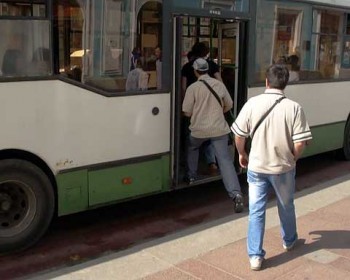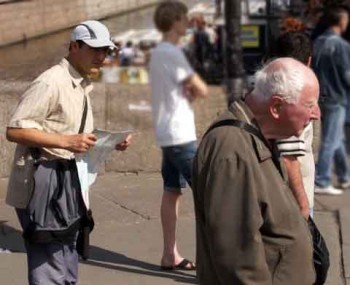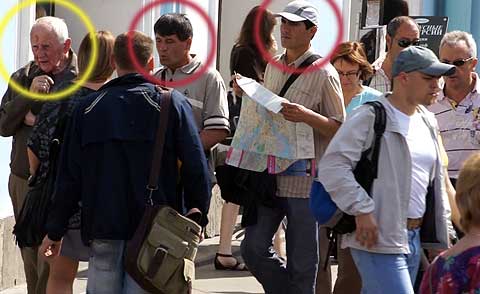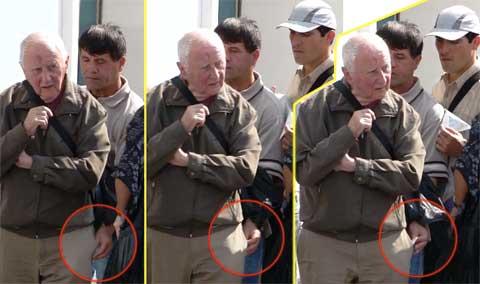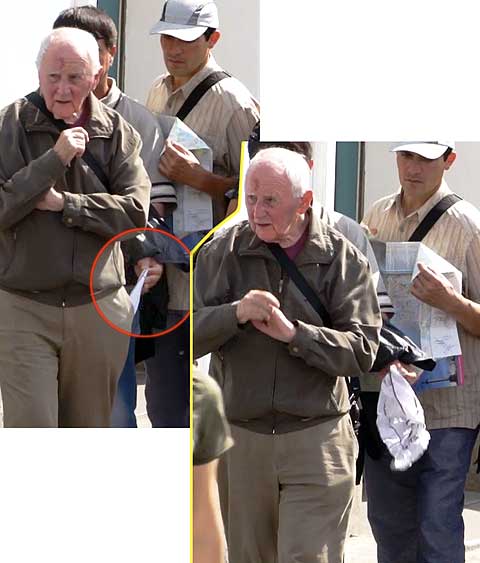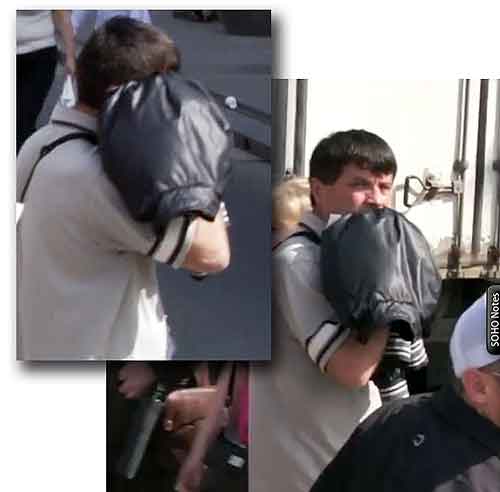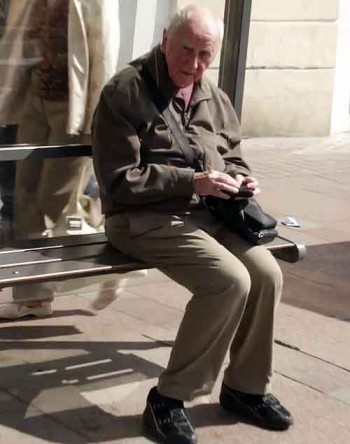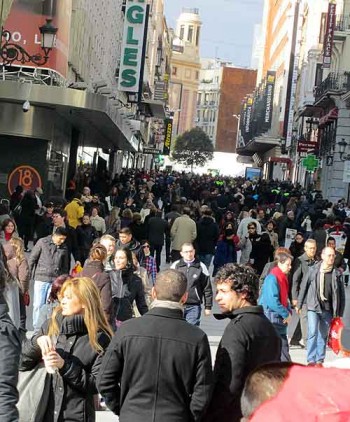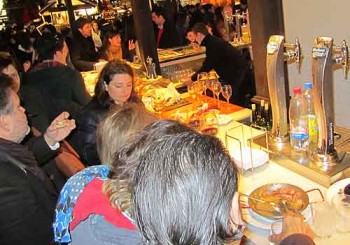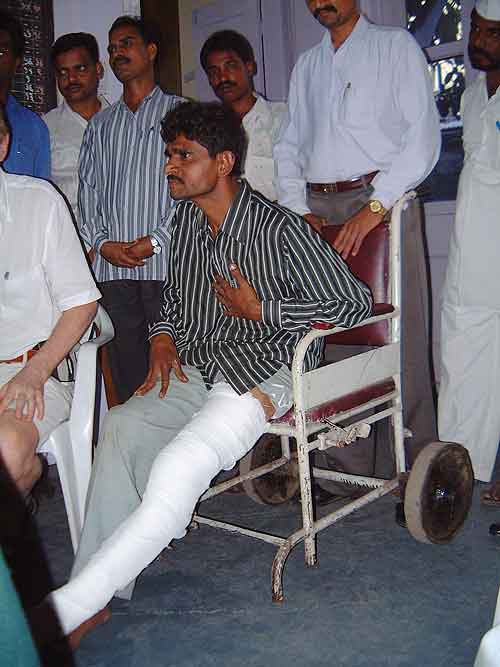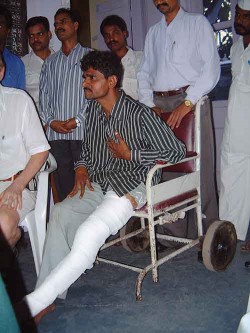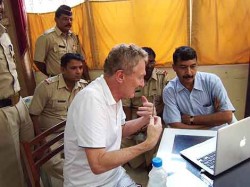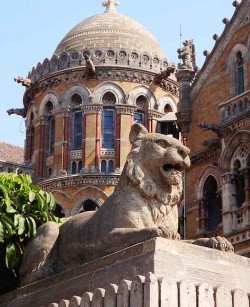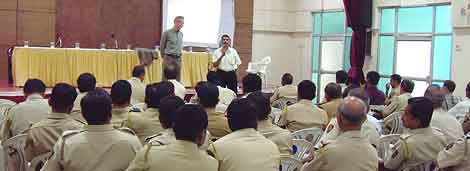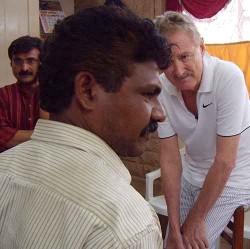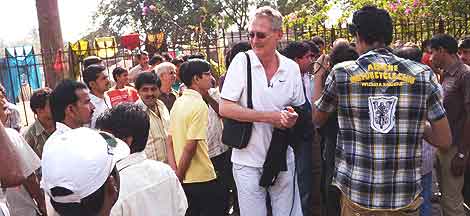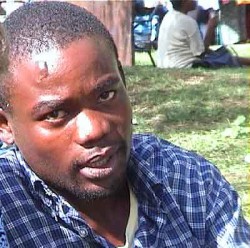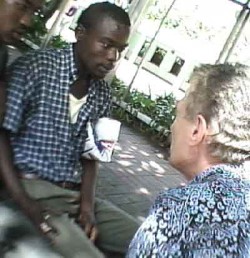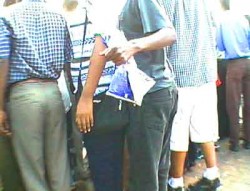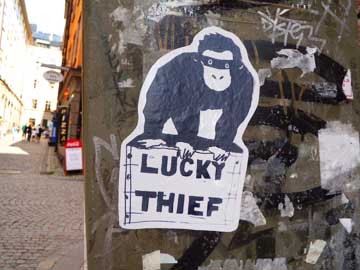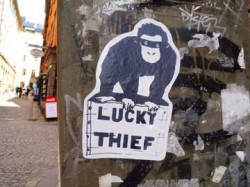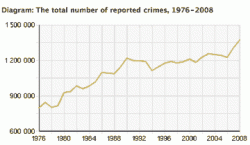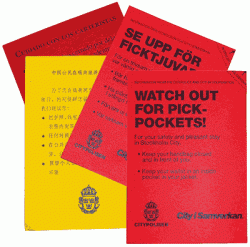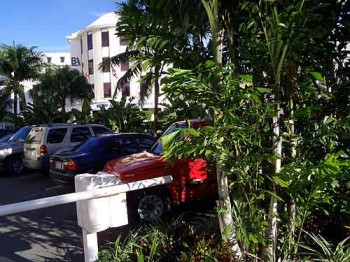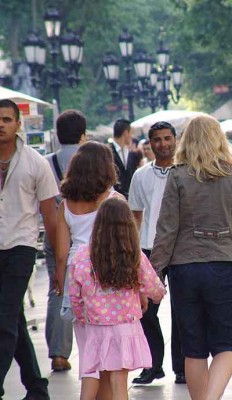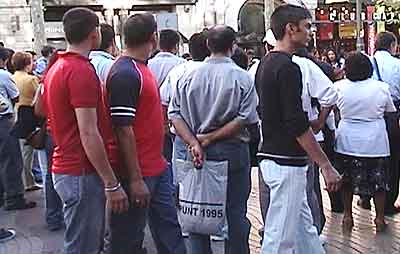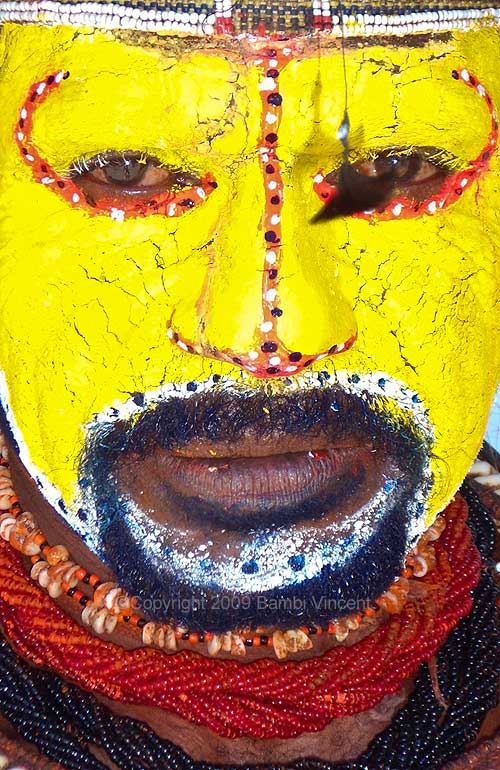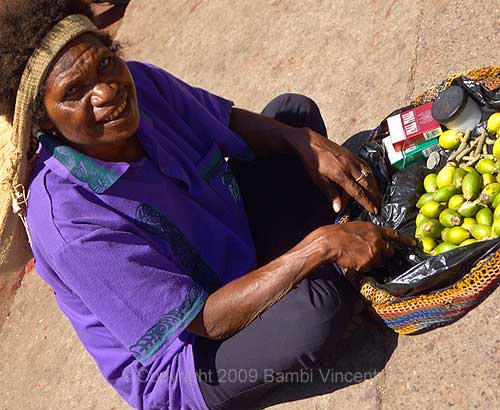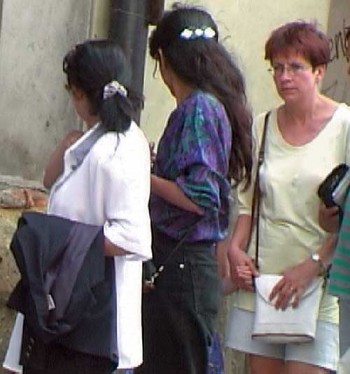
When in Prague, Czech your Wallet
We hit the cobblestones as soon as we had dropped our bags and admired our room in King George’s House hotel, an atmospheric 14th century building in Prague’s Staré Mesto district. The late-summer crowd of budget tourists absorbed us into their mass migration. We surrendered to their pace, joining pudgy, reddened, middle-aged German men in sleeveless t-shirts and Birkenstocks with socks, tattooed skinheads wearing studded collars, and dizzy-eyed long-hairs whose sole employment seemed to be wrapping strands of hair in multi-colored thread.
Since pickpockets operate where tourists congregate, we allowed the happily drifting crowd to sweep us along the narrow lanes. It wasn’t easy to peel our eyes away from the intriguing marionette shops, enticing beer joints, and the renaissance-costumed concert touts. But our mission meant scrutinizing people, not souvenirs and architecture. We disciplined ourselves to study the throng and began to get used to the faces, rhythm, and tempo around us.
When we emerged into a sunny clearing, we found ourselves at the foot of Charles Bridge, a magnet for tourists. The many graceful arches of this medieval bridge step across the broad Vltava River to the Mala Strana area. Mala Strana is a popular pub and restaurant district, and a little further up the hill is Prague Castle. So Charles Bridge is heavy with pedestrian traffic all day and late into the night. Nestled among its 18th century statues, artists and craftsmen ply their wares and musicians play everything from classical to klezmer. The bridge is a destination itself.
Thiefhunting
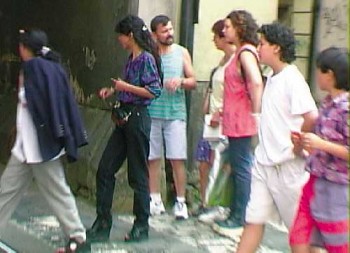
We realized at once that the square at the foot of Charles Bridge offered a unique opportunity for pickpockets. A street of wild traffic and speeding trams separates old town from Charles Bridge. Everyone wishing to get from one place to the other must cross the street here at a stoplight. Crowds of a hundred or more people, mostly tourists, quickly accumulate on both sides of the street. Pickpockets have ample time to locate a mark, get in position, and work them while they cross.
Pickpockets in Prague
An affectionate couple on the street corner caught our attention in a big way. When the light changed and the traffic paused, they crossed the busy street among a mob of gawking tourists. But three quarters of the way across the street they abruptly turned and crossed back to where they had begun.
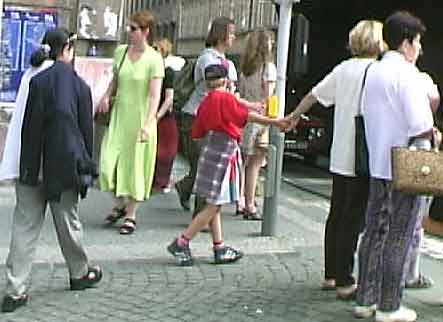
There they stood, again waiting to cross with the next gathering crowd. The man’s hand casually rested on the woman’s right shoulder. The woman had a blue blazer hanging from her left shoulder. They were better dressed than any of the summer tourists, but somehow didn’t quite look like local business people, either.
The woman sidled up to a man waiting to cross. The light changed. The pedestrians stepped off the curb and surged around the nose of a tram, which had come to a stop in the crossers’ territory.
The man shifted his hand to the woman’s left shoulder, where he anchored her blazer. The woman used her left hand to extend the blazer, completely shielding her work. As we all reached the opposite curb, I fought through the crowd and tried to speak with the elderly gentleman who was the woman’s target.
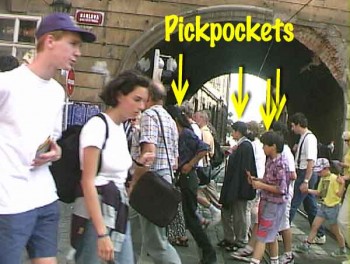
“Where are you from?” I asked him.
“Greece,” his wife said. The man was old and hard of hearing.
“Does he have his wallet?” I asked.
The wife didn’t understand.
“Portofoli?” I asked, pointing to the old man’s pocket and hoping I remembered the correct Greek word for wallet.
The wife felt her husband’s pocket and looked up at me in alarm. I looked wildly around for the affectionate couple but they were gone. Thinking frantically for the Greek word for pickpocket, I tried Spanish and Italian. Finally, klepsimo. The woman understood, but why not—the wallet was gone. She hurried away from me before I could say anything else, as if I were the thief.
Excerpt from Travel Advisory: How to Avoid Thefts, Cons, and Street Scams
Chapter Five: Introducing…The Opportunist
For more on pickpockets in Prague, read Thievery in Motion

